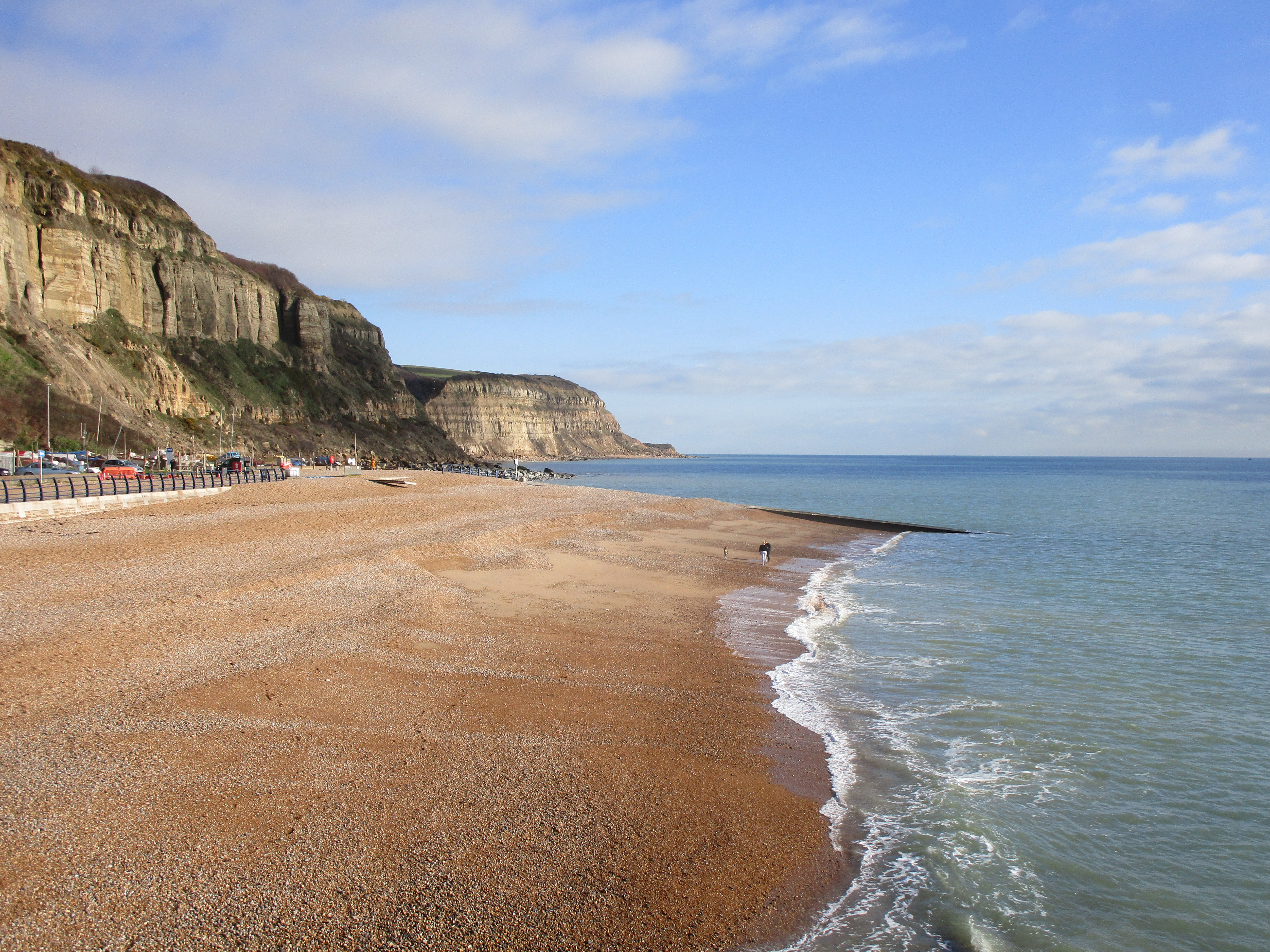Most people would not be so OCD as to have rules; they would just go and do it: many, I suspect, would even go so far as to accept lifts from well-meaning strangers. Not so I. For me there are strict criteria as to whether or not my attempt actually counts as ‘completing’ the walk.
Warning: non-pedants are likely to find this page boring!

Rule 1
The starting point of the walk is Cape Wrath Lighthouse, Caithness and Sutherland, Scotland, or as far to the north of it as it is possible to scramble safely.
Rule 2
The finishing point is the high tide mark at Rock-a-Nore Beach, Hastings, East Sussex, England, or as far to the south east of it as the prevailing sea conditions will permit.
Rule 3
To complete the walk (as opposed to merely finishing it) the entire distance from the starting point to the finishing point must be completed on foot (Rule 3a), in one stage (Rule 3b), and carrying all things necessary for that part of the hike (Rule 3c). Although it is intended to follow the itinerary set out in the Route, any itinerary which does not violate these conditions is acceptable.
Rule 3a
‘On foot’ means without the aid of any vehicular transport whatever, private or public, motorised or pedalled, at any time after the starting point but before the finishing point; this unfortunately includes the ferry at Fort William! Swimming would be allowed, but it is unlikely ever to be practicable because of the need to take a rucksack. Rowing boats are a grey area, but as the opportunity of borrowing one is unlikely to arise, I choose to ignore it further here.
Rule 3b
‘In one stage’ means as one continuous walk; so, for example, hopping on a bus to stock up on supplies at a nearby town and then returning by bus would not be allowed and would violate the ‘completeness’ aspect of the endeavour. The only exception would be in the case of medical, or other un-anticipatable emergency, which would render getting to the nearest hospital or point of help impossible on foot or just too urgent. In this latter case, the walk would need to be resumed at the place at which it was interrupted.
Rule 3c
Whilst ‘all things necessary for that part of the hike’ may vary from place to place, the principle of carrying them does not. The rucksack always comes too.
Rule 4
It is intended to record daily and overall mileages. For this purpose the mileage is that distance which is covered in pursuance of the walk. A diversion in order to visit a suitable place of refreshment in the middle of a day’s hike counts towards the mileage, whilst going forth from the place where it is intended to spend the night for the same purpose would not. In this slightly difficult-to-define rule, the difference would seem to come down to whether or not the rucksack and all the gear is carried too – hence the importance of Rule 3c!
Rule 5
To cement the completeness of the walk, a pebble from Rock-a-Nore Beach should be deposited at Cape Wrath, and a stone (however small) from the Cape Wrath should be carried the entire distance of the journey and deposited at Rock-a-Nore Beach, thus binding these two distant places for all time.
